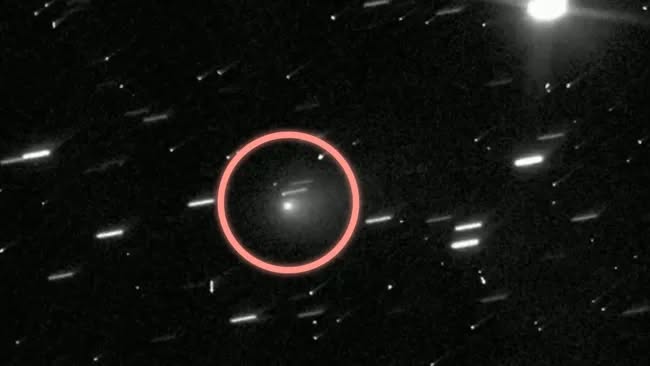
Shining Science
@ShiningScience
Sharing the latest in science takes time and resources. If you enjoy what we do, consider supporting us! http://paypal.me/shiningscience
BREAKING 🚨: Hubble Space Telescope discovered twin glowing jets look like a cosmic double‑bladed lightsaber called Herbig-Hero24 (HH24).
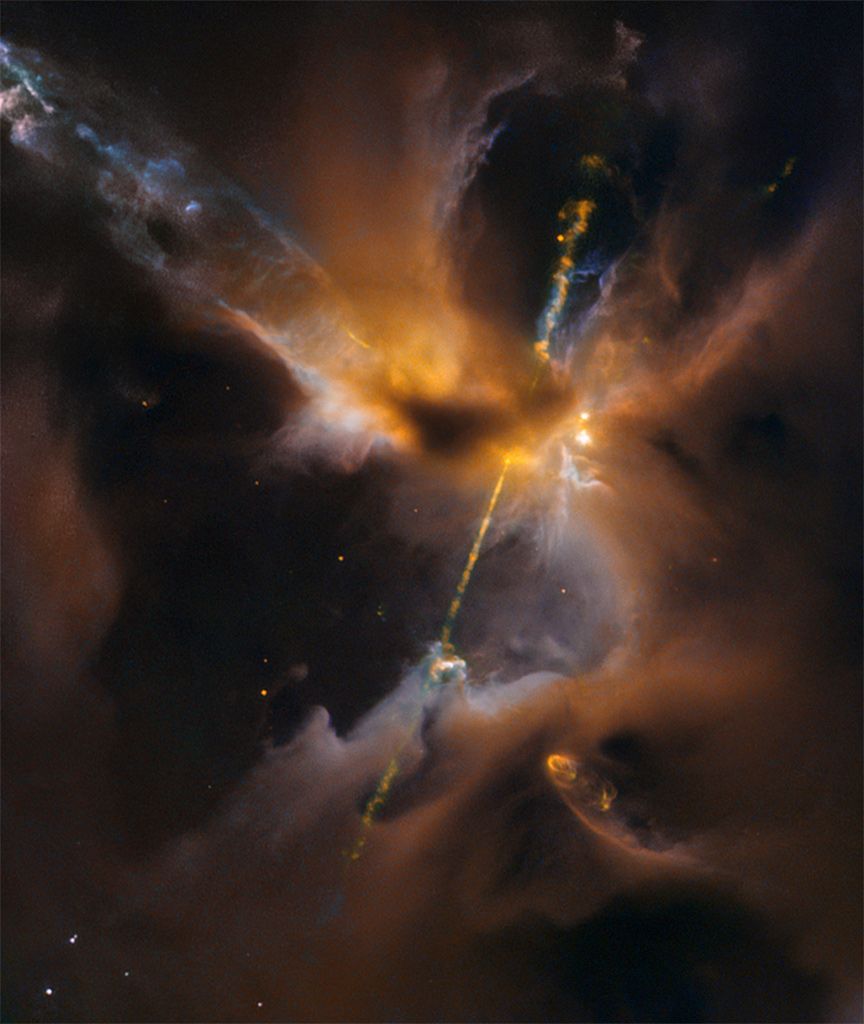
Fireball over Cape San Blas☄️ Image Credit & Copyright: Jason Rice
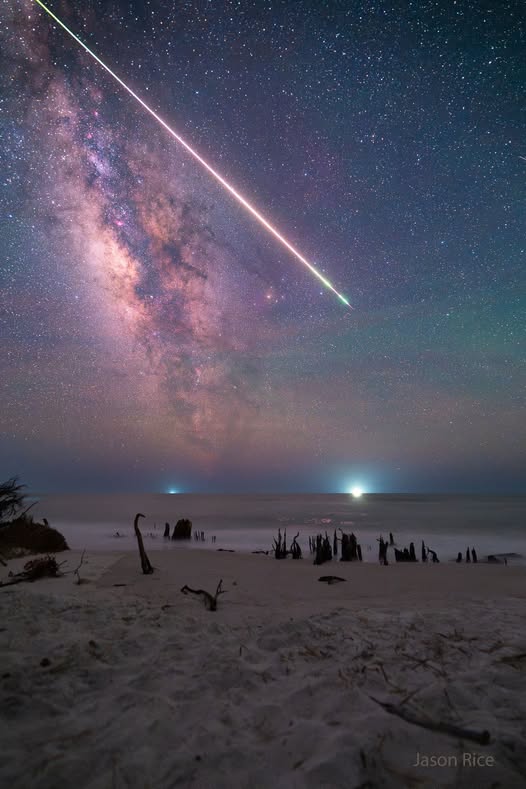
“SN 1993J” a supernova explosion in progress captured by the Hubble ST.
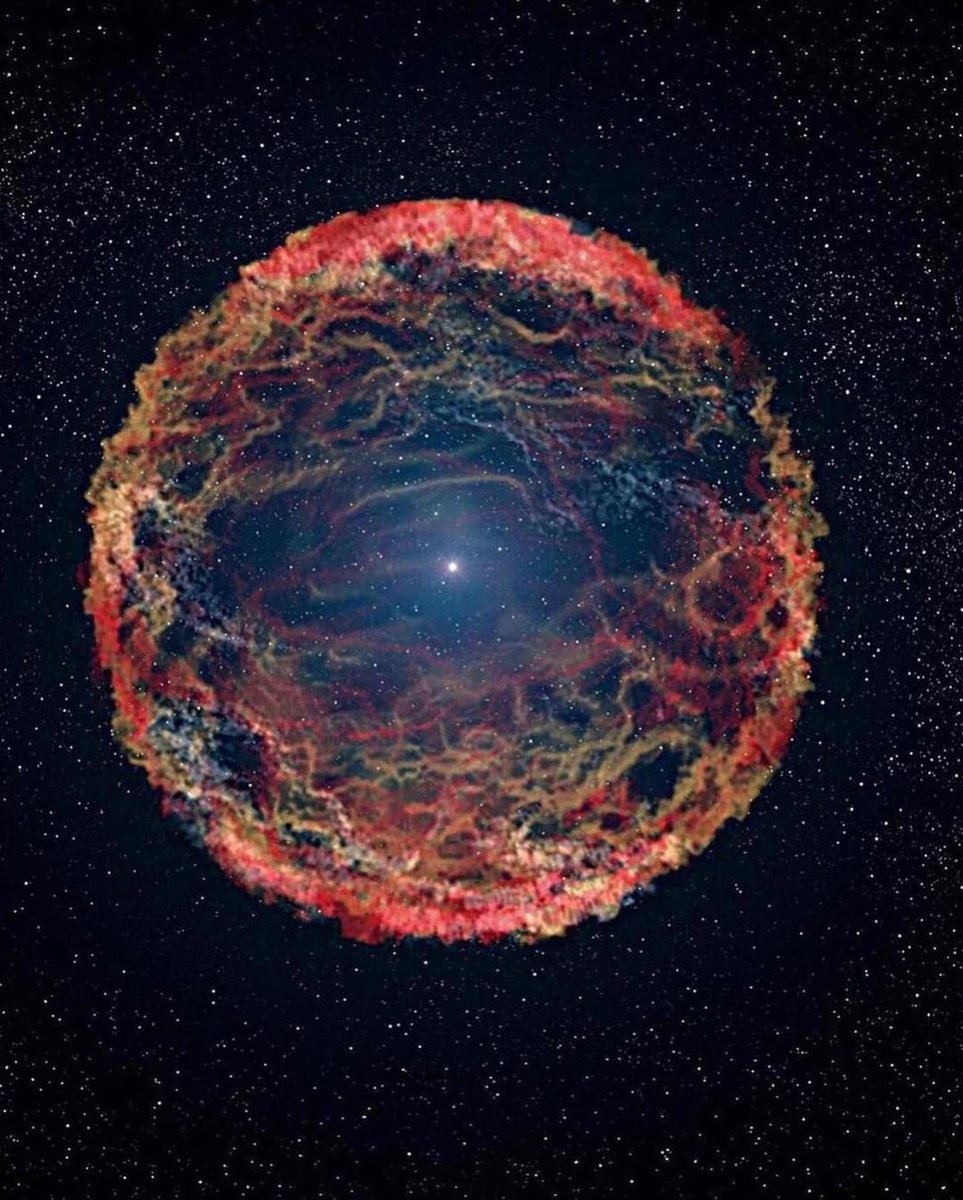
BREAKING 🚨: The James Webb Space Telescope spotted a chain of 20 galaxies, dubbed the Cosmic Vine, which stretches 13 million light-years across and dates back to just 3 billion years after the Big Bang, challenging models of early galaxy clustering.
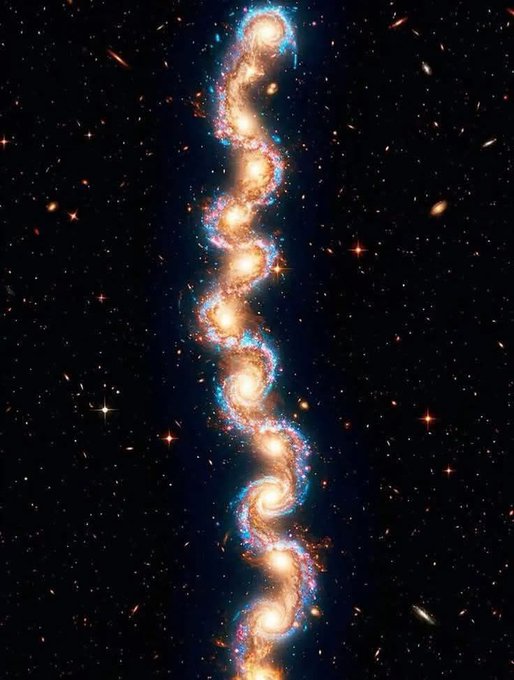
BREAKING🚨: You're looking at the clearest image ever seen of a star "outside" of our solar system. It's Betelgeuse! ✨
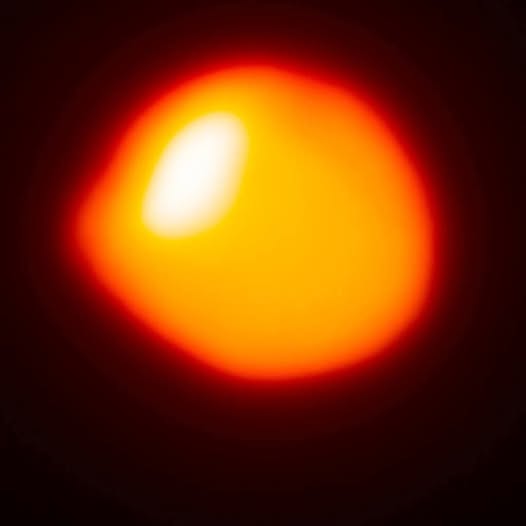
Meteorito verde sobre el parque estatal Eleven Mile, Colorado.
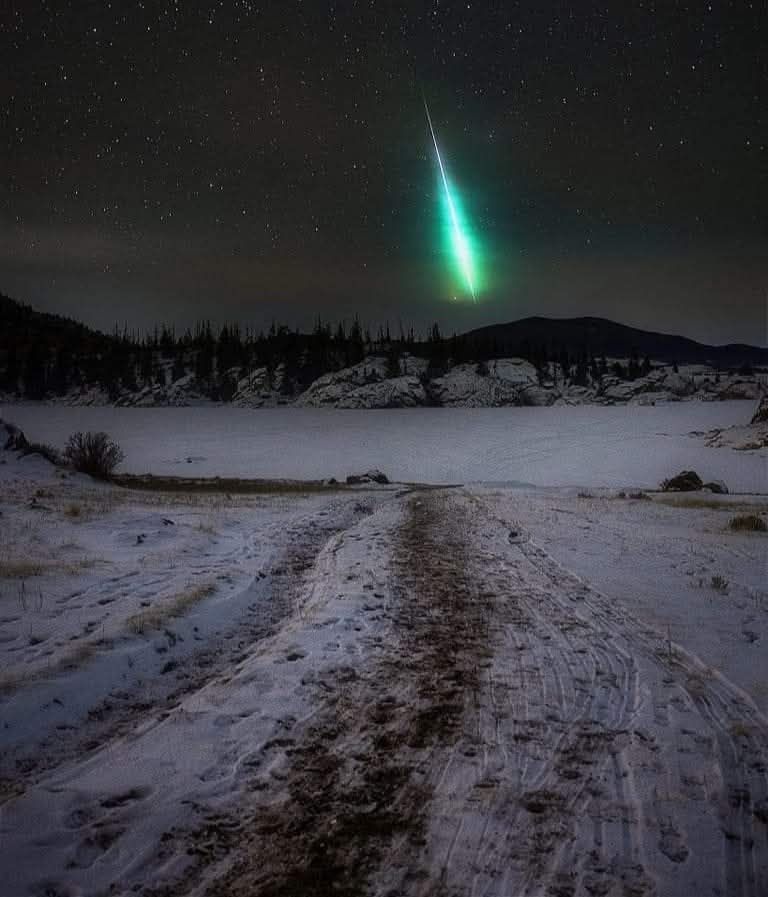
What you see here is us, planet earth as seen from Saturn..
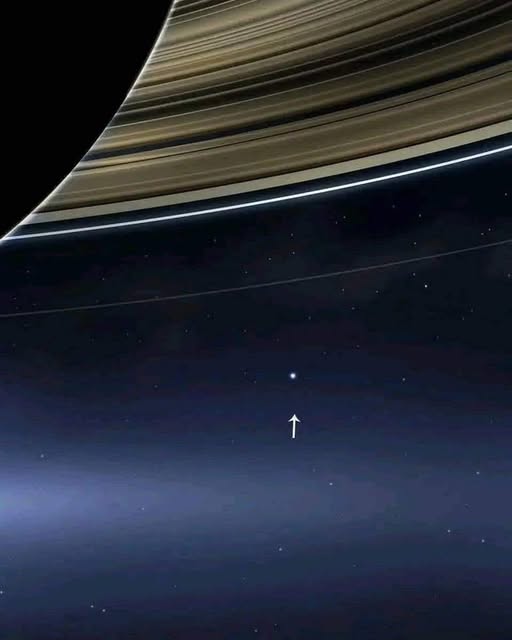
You wake up at 2 am m. , you look up and see this. What are your first words?
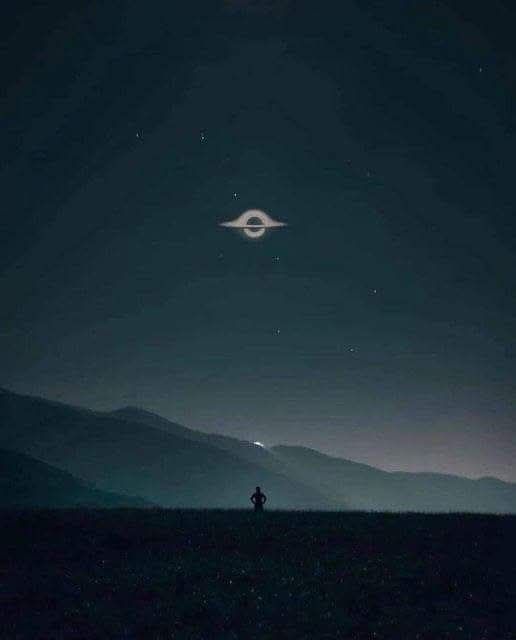
The Fukang meteorite was found in the mountains near Fukang, China, in 2000. It's a clown, a type of petroleum meteorite with olive crystals. It is estimated to be 4.5 million years old.
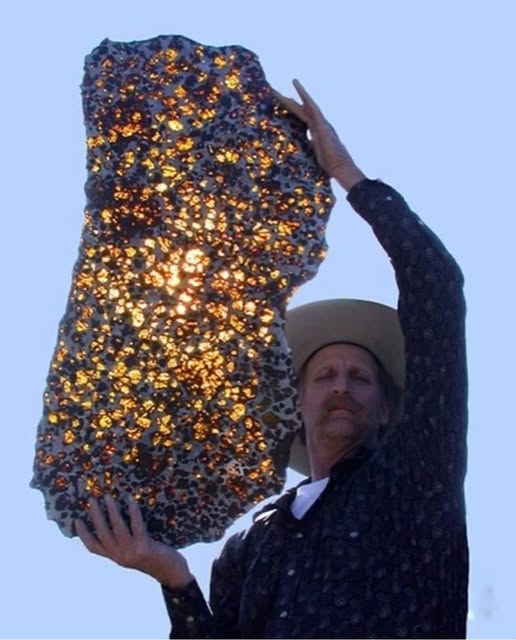
A stunning sunset at Stonehenge. Pure magic. 🤩
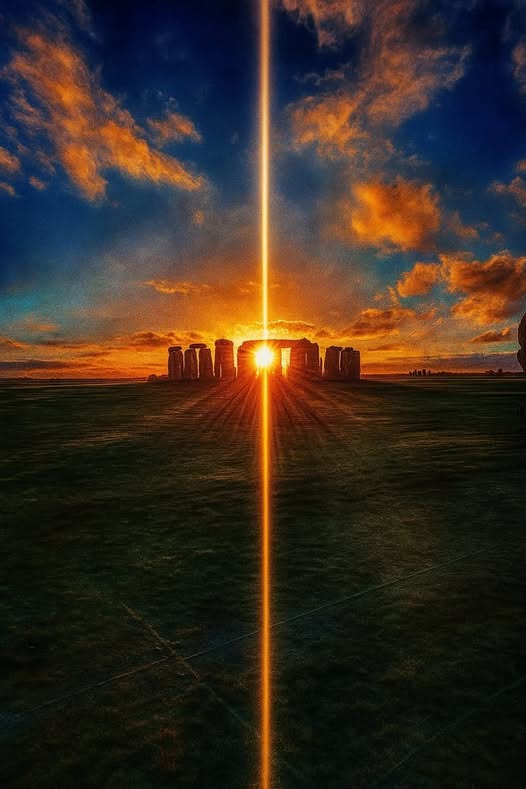
On July 5, 2012, Venus passed in front of the Sun, an extremely rare astronomical phenomenon, and the next one won't occur until 2117. While watching Venus against the Sun in New Mexico, a photographer spotted an airplane on the left, flying straight into the Sun.
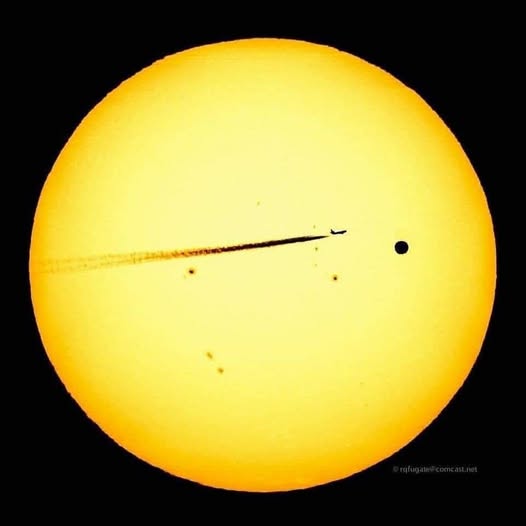
Extremely rare solar halo captured during sunrise...
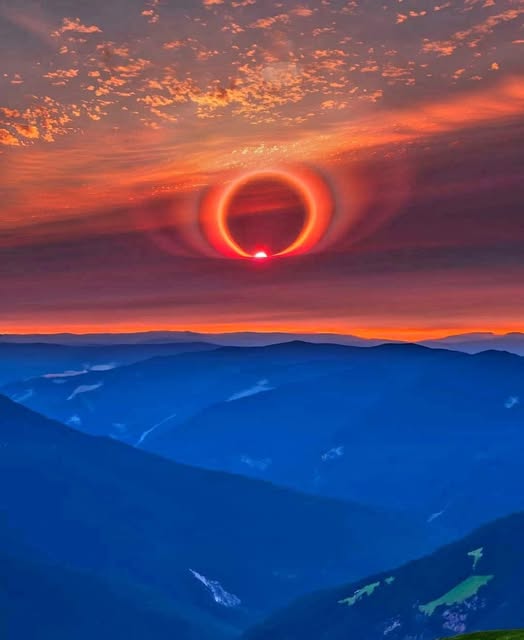
BREAKING NEWS🚨: Betelgeuse is not alone! And we have image. Astronomers confirmed that the red supergiant has a companion star, and for the first time they were able to see it directly! It's a blue-white star, detected with the Gemini North telescope in Hawaii.
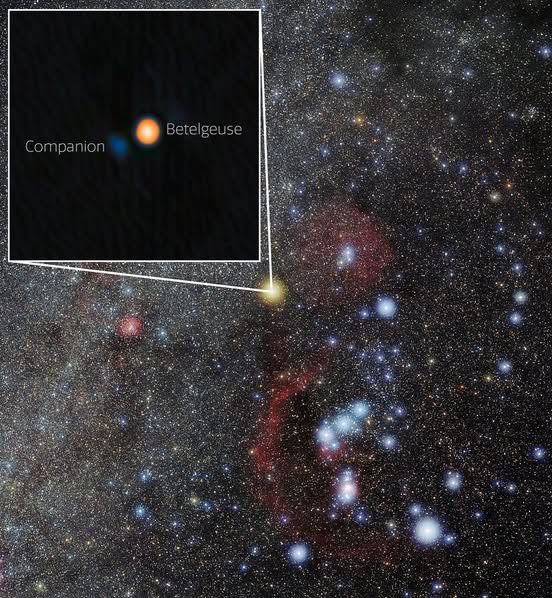
It happened for just a few seconds… A one-in-a-million shot. Meteor and Milky Way in the same frame over Stonehenge 🌍⏳
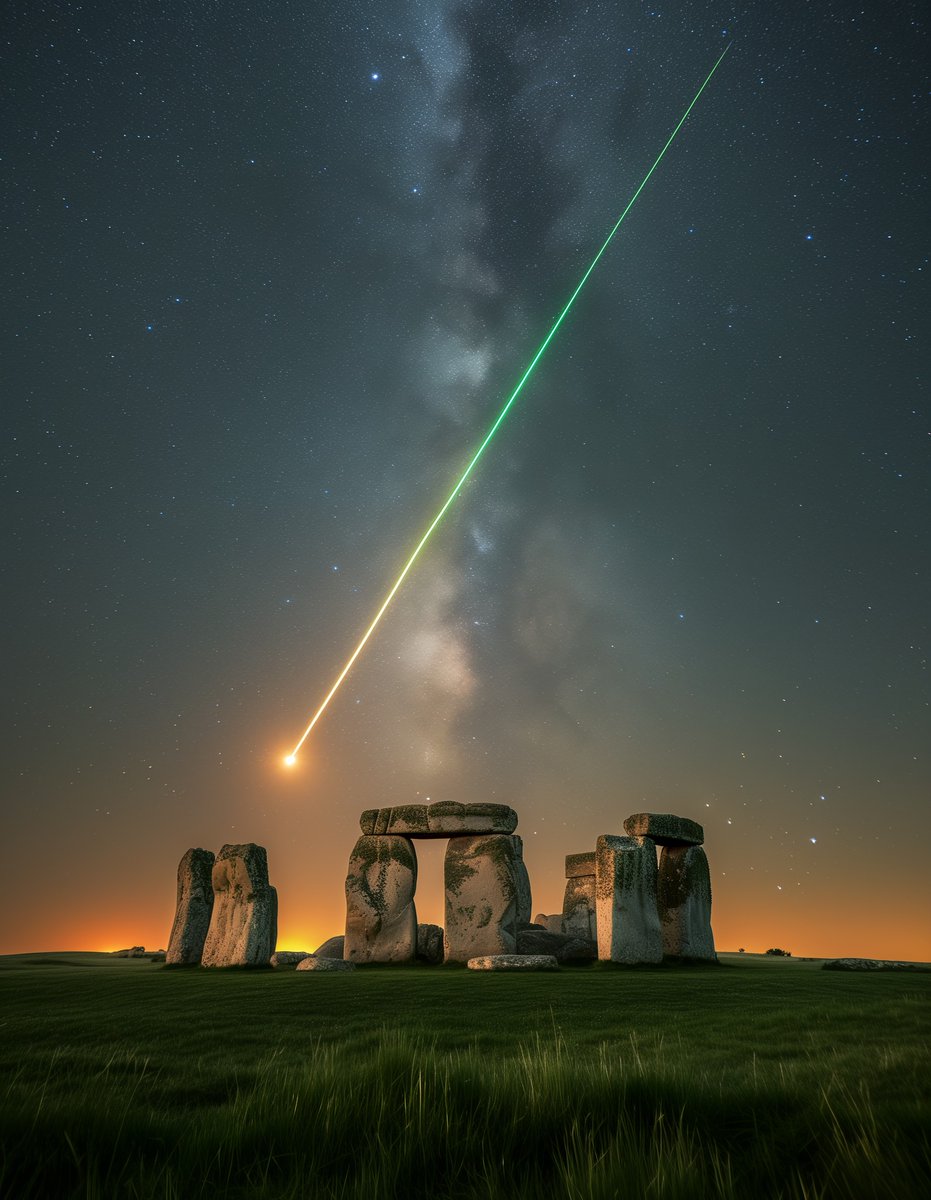
BREAKING🚨: The Hubble Space Telescope has spotted the interstellar comet 3I/ATLAS for the first time! Remember that this object comes from another stellar system, that's why it's called an interstellar comet.
